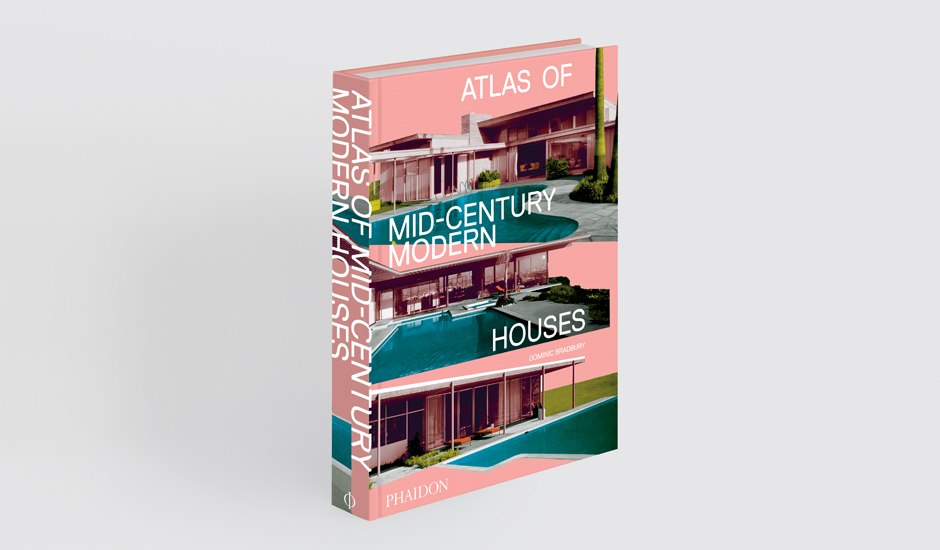
All you need to know about the Atlas of Mid-Century Modern Houses
Love good living? Then you need the most wide-ranging survey of Mid-Century Modern homes around the world
There’s a difference between an enduring legacy and a passing fad, as anyone who’s admired, visited or had the good fortune to live in a mid-century modern house will be able to tell you.
Often characterized by open concept living, swimming pools, conversation pits, and rubble-stone fireplaces, mid-century houses really bring to mind a certain time and place.
In many respects they are most closely connected to the West Coast, but extraordinary examples can also be found all around the world, from Australasia to Africa. And, while the period is more or less bookended by the end of World War II, at the early extreme, and the oil crisis of the early 1970s, with a stronger focus on the Fifties and Sixties, the principles that underpin this way of living really do transcend time and space.
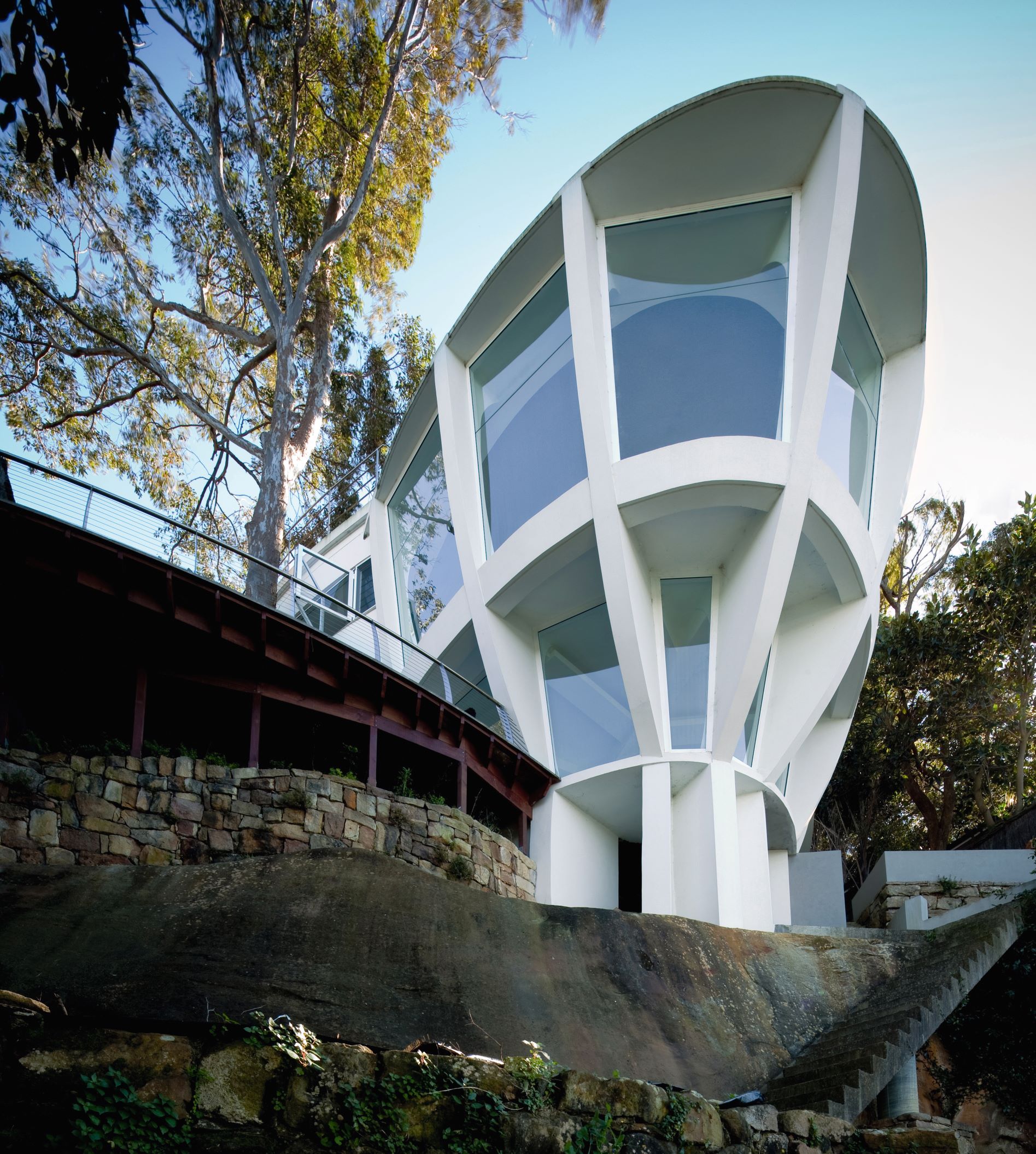
Our new Atlas of Mid-Century Modern Houses is a comprehensive, global survey of these buildings, one of architecture’s most perennially popular styles. Featuring nearly 400 houses by 290 architects, the Atlas of Mid-Century Modern Houses highlights some of the very best architects and houses of the 20th century.
Famous examples include Philip Johnson’s Glass House in New Canaan, CT and Mies van der Rohe’s Farnsworth House in Plano, IL, as well as Richard Neutra’s Kaufmann House in Palm Springs, CA; Oscar Niemeyer’s Casa Canoas in Rio de Janeiro, Brazil; and Alvar Aalto’s Muuratsalo House near Helsinki, Finland.
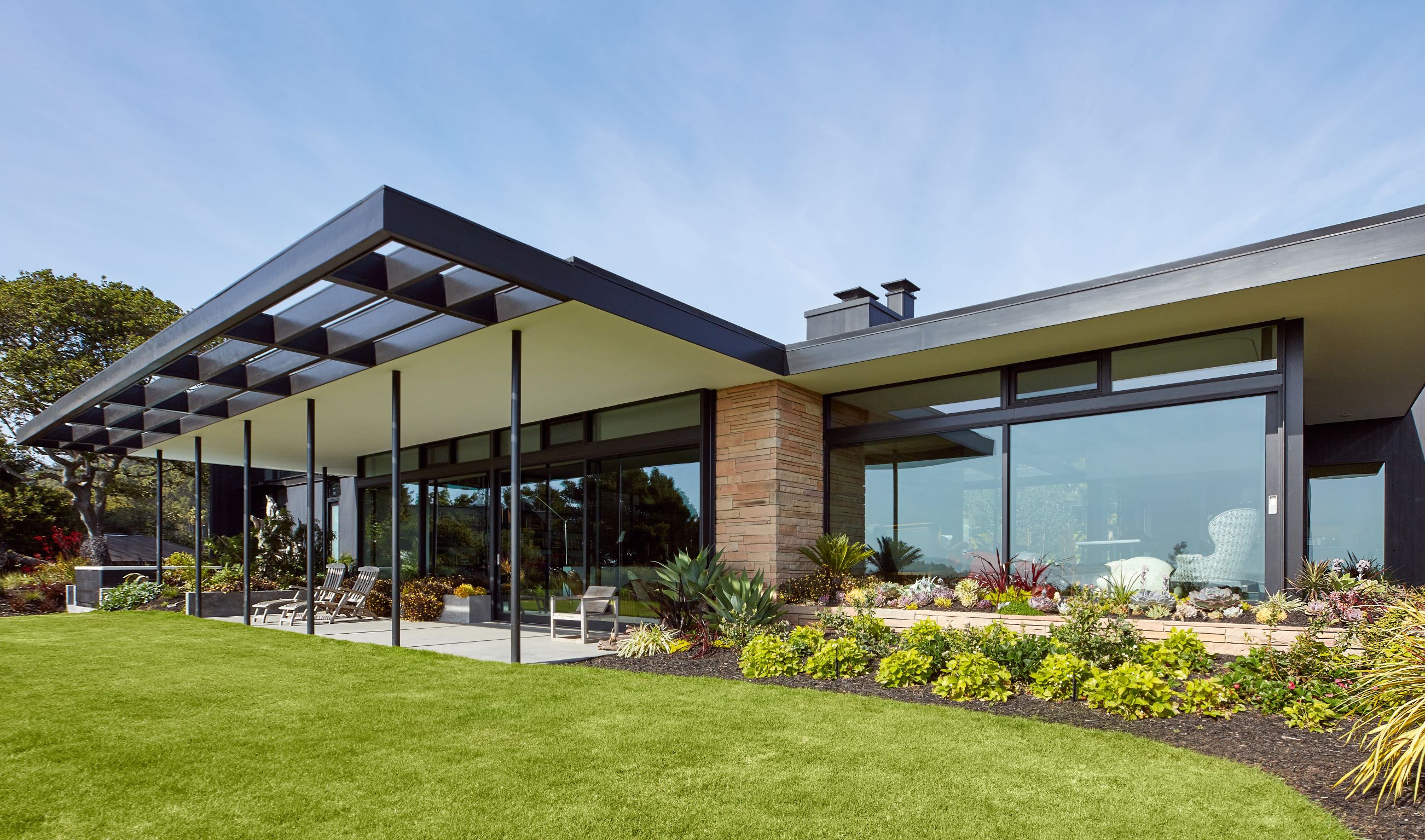
In almost every respect, they bring to mind the high point of the 20th century, post-war boom, and the high-minded ideals associated with that time, that live on today.
“The mid-century period was, without doubt, a golden age of architecture and design,” writes the architectural author and journalist Dominic Bradbury in his introduction. “It was a time of optimism and imagination, full of ideas and ingenuity, which still resonates with us today. A whole series of powerful influences and currents converged, catalyzed by a post-war consumer boom, encouraging architects and designers worldwide to experiment and innovate as never before. House and home were radically reinvented and remade during the Fifties and Sixties, as modern lifestyles evolved to embrace more informal, playful and open-plan living patterns.”
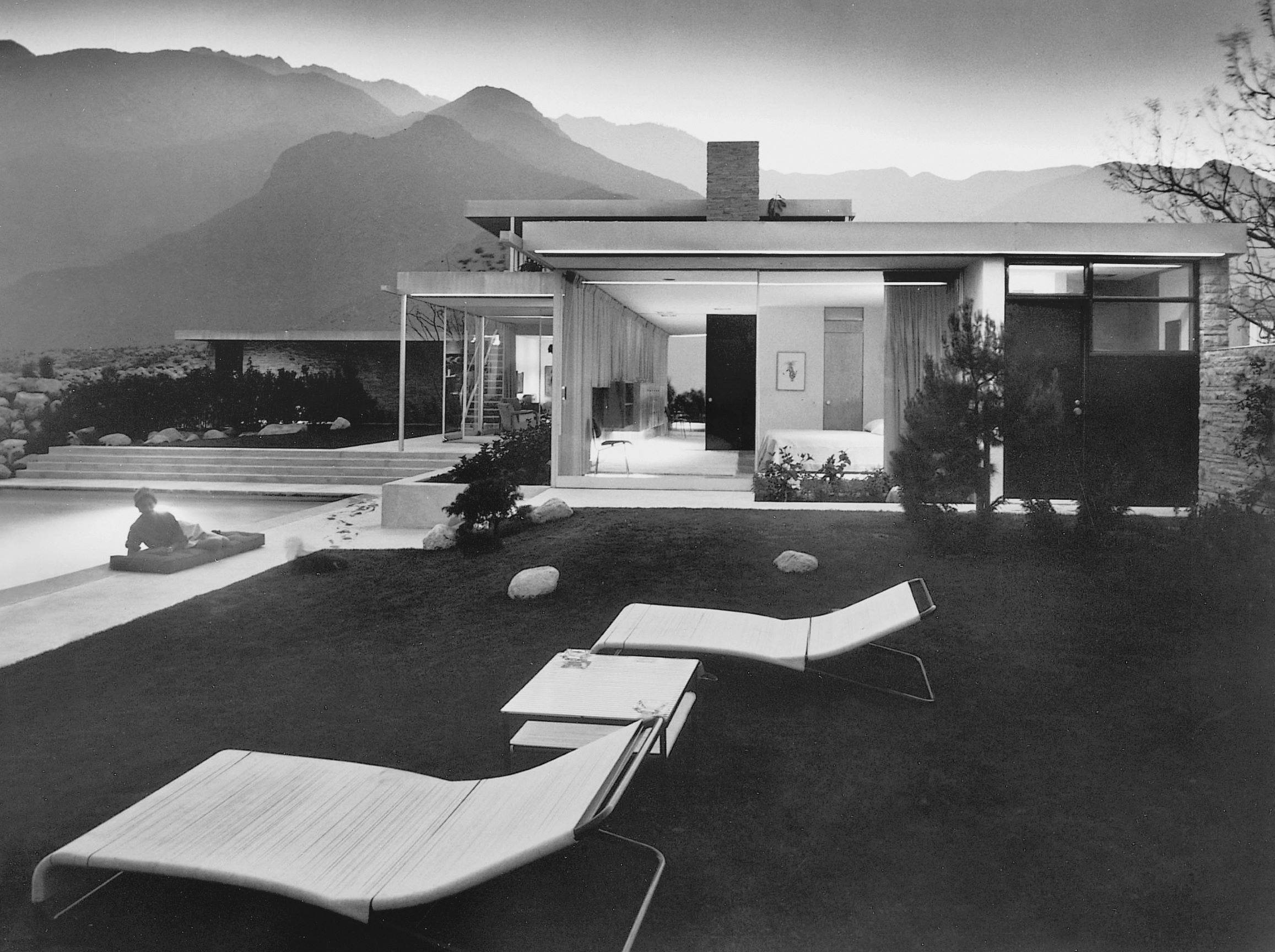
That spirit remains alive in both the famous abodes, and the lesser-known homes, in surprising locations such as the Democratic Republic of Congo, Cyprus, Ghana, Sri Lanka, Iran, Tanzania, and Uruguay.
Each entry is accompanied by a striking photograph and a short, insightful text about the building’s history, architect, and unique features. Symbols provide quick and easy reference to describe the condition (good, standing, or demolished), use (in use or unknown), and status (heritage listed or scheduled for demolition).
Elegantly designed in an oversized format featuring a stunning colourful tactile cover, the Atlas of Mid-Century Modern Houses is arranged geographically, with a comprehensive rear glossary, timeline and detailed index.
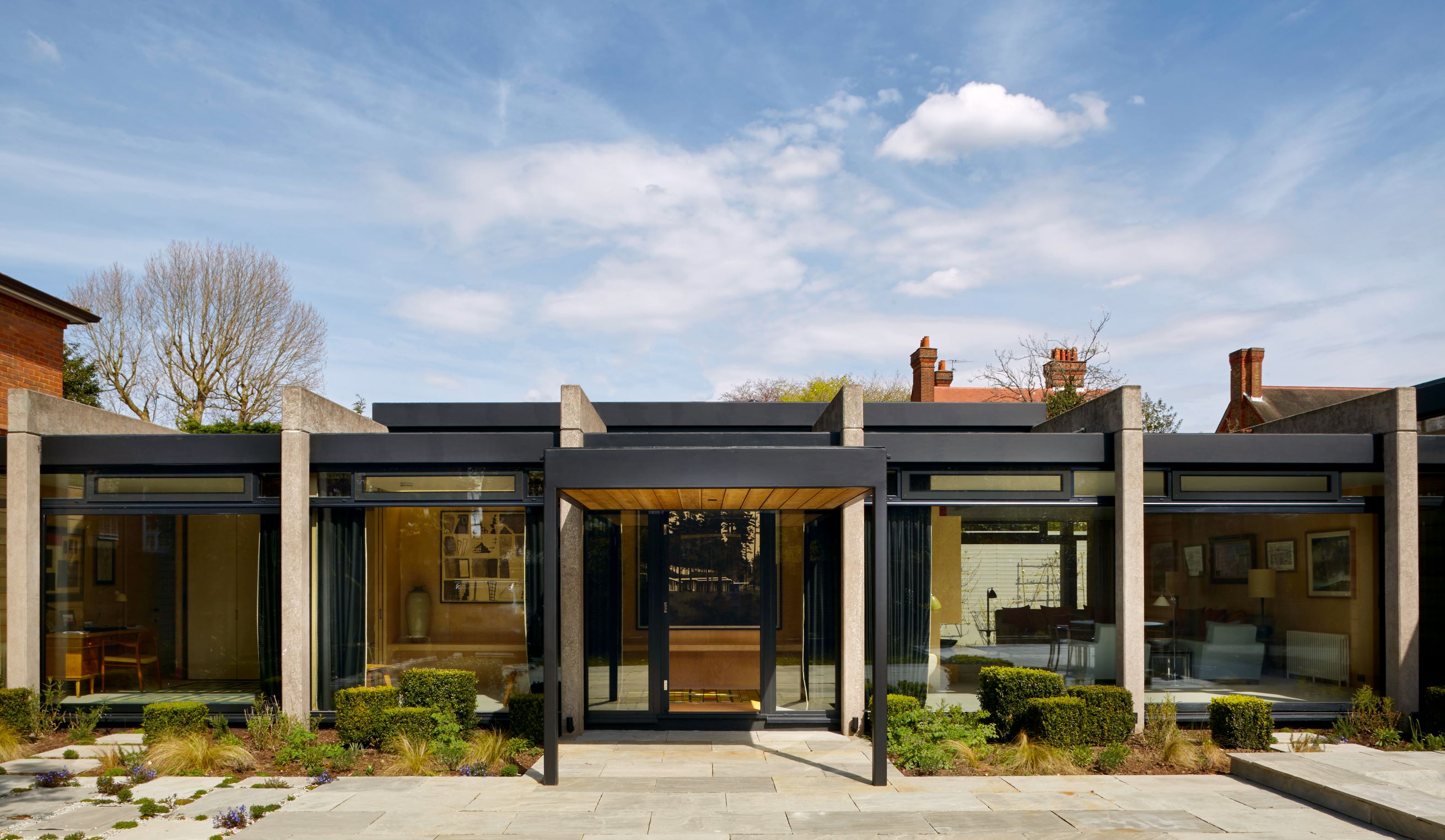
Professional architects and designs will revel in the period detail; interior decorators will find much to celebrate in the book’s illustrations, which mix archive imagery with contemporary views of the buildings.
Smart, ambitious homeowners can take delight in these unreal pieces of real estate, while amateur historians and cultural aficionados will enjoy the way different parts of the world interpreted Mid-Century Modern in different ways.
“These are the homes that helped to shape the way we live today in many different respects,” writes Bradbury. “That’s true of their innovative approach to architecture and spatial planning but also of the expressive nature of the interiors themselves, which are infused with a spirit of positivity, confidence and delight.”
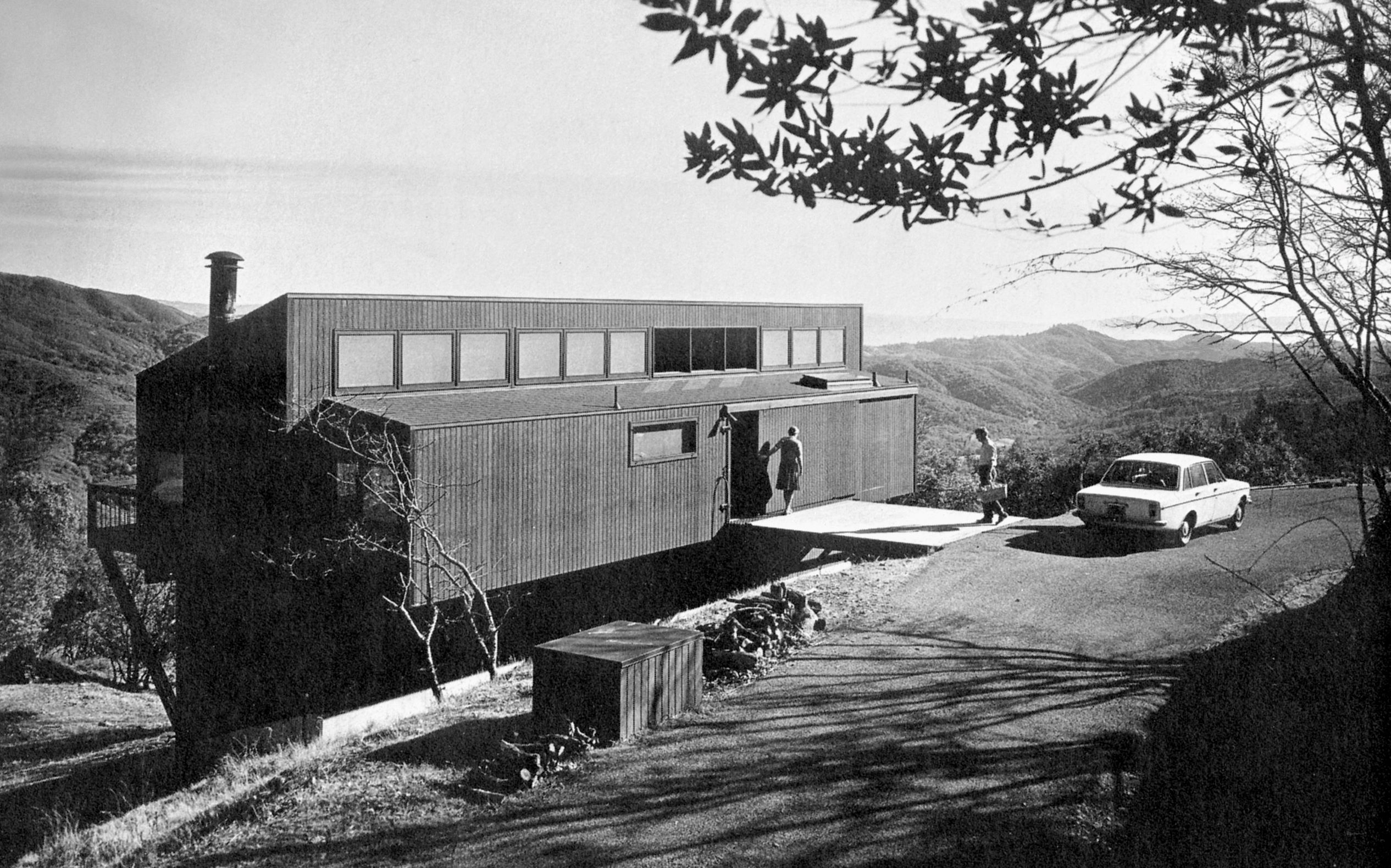
To enjoy more of that positivity, confidence and delight, head to the store to pre-order the Atlas of Mid-Century Modern Houses and be among the first to receive it when it’s published on 16 October. Meanwhile, check out the video below.